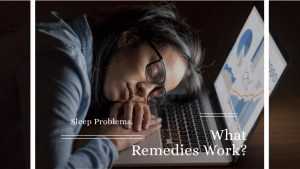Birds chirping. People talking. Sirens wailing. Whether we consciously acknowledge them or not, we are surrounded by sounds. Many of these sounds serve an important purpose. Babies cry, for example, to alert nearby adults that they need something. Church bells ring to tell us the time. But what if we could use sounds to heal our bodies and minds?
Sound therapy aims to do just that. The use of music and sounds to produce a positive or healing effect. Though the practice itself dates back thousands of years, sound therapy is experiencing a modern renaissance. The internet has made access to resources easier than ever before.
Even when we’re asleep, our ears are still at work, picking up every sound that passes us by. Anyone who’s raised an infant knows this all too well!
Physiological effect
When you hear a loud, sudden crash, it makes your heart rate spike. Your body floods itself with stress hormones and you prepare for an impending crisis.
Psychological effect
Has a song ever made you cry? Does something always get your blood pumping?
Knowing that we’re so strongly affected by sound means we can use sounds to our advantage to achieve a desired feeling or state of mind. When we want to focus and eliminate distractions, we can use broad-spectrum sounds like white noise to mask external sounds. If we need to distract ourselves because we’re anxious, we can put on some relaxing music.
There is a growing mountain of evidence that suggests that sound therapy definitely does work, even if we don’t fully understand how or why.
There are tons of free resources online for noise generators to help block external sounds or increase our focus. Some, like Rainy Mood are specific to one type of noise (rain and café ambiance, respectively). Meditation and sleep tracking apps have also begun including background noise into their functionality.













